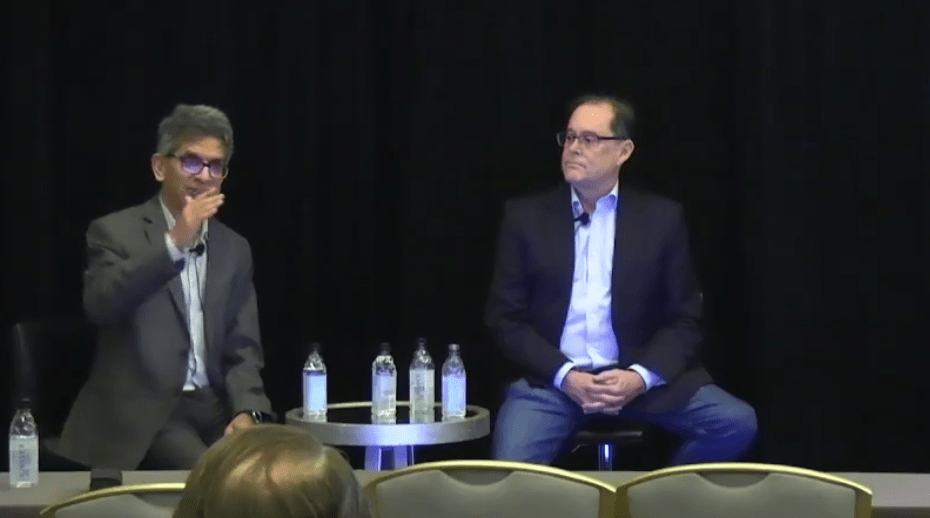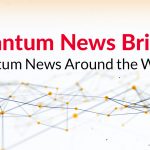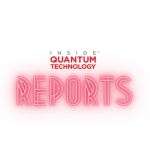Rigetti makes Ankaa-2 publicly available, teams up with Moody’s Analytics

Rigetti Computing announced that its 84-qubit Ankaa-2 quantum computing system became publicly available late last month via the company’s Rigetti Quantum Cloud Services (QCS), thus making good on Rigetti’s previous pledge to have the system ready for use by the fourth quarter of 2023.
The company also said the Ankaa-2 had achieved the 98% median 2-qubit fidelity rate that it had been working toward for much of last year after Rigetti CEO Dr. Subodh Kulkarni announced a renewed focus on qubit fidelity back in early 2023. The current fidelity rate represents a 2.5x performance improvement compared to the company’s previous QPUs, Rigetti said.
The Ankaa-2 announcement comes less than a month after Riggeti announced commercial availability of the 9-qubit Novera QPU, which leverages the same fourth-generation Rigetti chip architecture as the Ankaa-2.
That architecture features tunable couplers and a square lattice, enabling high fidelity 2-qubit operations. The Ankaa-2 fidelity rate also can be be attributed to other changes Rigetti has made, including implementation of a new chip fabrication process, leading to qubits with fewer atomic defects that would otherwise reduce quantum coherence times; incorporation of new superconducting PCB technology that improves thermal performance; and electronics improvements that generate control signals with less noise.
“Rigetti’s focus on improving our median 2-qubit fidelities is a crucial part of our mission to build the world’s most powerful computers,” Kulkarni said. “Useful quantum computers will need not only a large number of qubits, but also high quality qubits. Reaching 98% fidelity on the Ankaa-2 system is the result of years of innovation and commitment from our teams across the technology stack. Now that the Ankaa-2 system is available to all of our customers and partners, I look forward to focusing on continued progress in accelerating this transformational technology.”
Rigetti CTO David Rivas added, “To reach quantum advantage we know we need high performance qubits, and a lot of them. We’ve already designed and deployed a modular architecture, tiling multiple chips together demonstrating what we believe is the way forward towards building larger systems. We believe a densely connected square lattice with tunable couplers that allows us to control qubit interactions is the foundation for driving qubit performance. A 2.5x increase in error performance against our previous QPUs, increasing our fidelities by 3%, coupled with our scaling approach, shows us that we have a promising strategy for building increasingly higher performing QPUs to help our customers solve their most pressing problems.”
Separate from the Ankaa-2 launch, Rigetti also last week announced a new collaboration with previous partner Moody’s Analytics to develop quantum machine learning methods for the financial sector.
The new agreement follows quantum simulation experiments the two companies conducted t use machine learning to forecast market recessions.
A blog post on the new collaboration stated, “In the first half of 2024, building on our initial findings, we plan to use higher dimensional datasets from variegated and interdependent macroeconomic areas, leveraging a higher qubit count. This work, differently from the simulations of the initial collaboration, will be executed on Rigetti’s 84-qubit Ankaa system using error mitigation methods.
Dan O’Shea has covered telecommunications and related topics including semiconductors, sensors, retail systems, digital payments and quantum computing/technology for over 25 years.



















